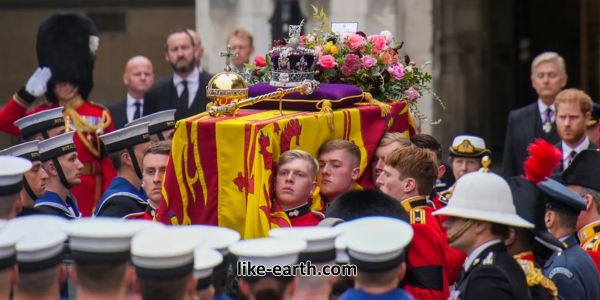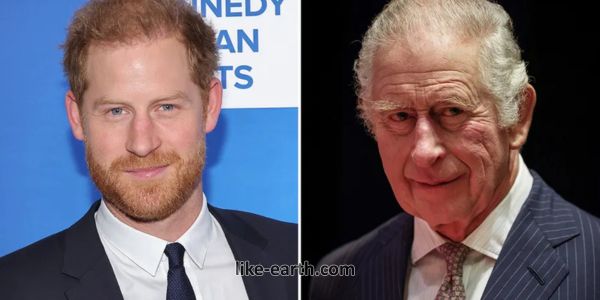Royal Funeral Traditions and Historical Practices

Royal funerals are more than just ceremonies. They are a blend of state events and deeply personal farewells. They also honor a nation’s culture, values, and lineage. This article explores the rituals, roles, and significance behind these majestic departures.
The Royal Death Announcement
The death of a royal is officially announced through strict protocol. In the United Kingdom, for example, the Lord Chamberlain oversees the announcement. Black-edged notices are placed on palace gates. Government officials and the public are informed via formal channels.
Media outlets are prepared for such events and broadcast the news with dignified programming. National mourning begins instantly, including the lowering of flags to half-mast.
Official Mourning Period
The length of mourning varies by rank and country. In the UK, it typically spans from 8 to 12 days for a sovereign. Mourning includes dress codes, silence in Parliament, and memorial services. Members of the royal family wear black attire and often pause their public engagements.
Government institutions may cancel events as a sign of respect. Across the country, people gather to pay their respects by signing condolence books and laying floral tributes outside royal residences.
Body Preparation and Vigil
The royal body is embalmed and placed in a lead-lined coffin. This preserves the remains for a longer time, allowing public viewing. A tradition known as the Vigil of the Princes may take place, where royal family members stand guard by the coffin.
The coffin often rests in state at a significant location, like Westminster Hall. Members of the public queue for hours to file past and pay their respects.
Funeral Procession and Ceremonial Routes
One of the most visually stunning parts of a royal funeral is the procession. The coffin is carried on a gun carriage, escorted by military guards and royal officials. Streets are lined with mourners and soldiers in full ceremonial uniform.
The route is carefully planned and holds symbolic meaning, often passing landmarks associated with the monarch’s life and reign.
The Funeral Service
Royal funeral services are usually held in historic chapels. Westminster Abbey or St George’s Chapel at Windsor Castle are common venues. These services are religious and include hymns, scripture readings, and eulogies.
Leaders from around the world attend. Seating arrangements follow strict protocol. The service is broadcast globally, drawing millions of viewers who reflect on the monarch’s legacy.
Burial Customs and Final Rites
Royal family members are typically buried in royal vaults. Queen Elizabeth II, for example, was interred in the King George VI Memorial Chapel. A ceremonial lowering of the coffin is followed by private prayers.
Final rites may include placing of the crown, orb, and sceptre on the coffin, then removing them before burial. These acts symbolize the end of reign and return of regalia to the state.
Continuity and Succession
Immediately following a monarch’s death, succession begins. The heir is proclaimed sovereign, even before the funeral. This ensures uninterrupted leadership. The Accession Council convenes, and a formal coronation follows later.
The funeral, thus, marks both an ending and a beginning—a poignant transition in national history.
Symbolism and Rituals Across Cultures
Other royal families also observe unique funeral traditions. Japan’s imperial funerals involve Buddhist rites and imperial seals. Thailand combines Buddhist and Hindu rituals with a spectacular cremation ceremony. Each nation weaves its cultural heritage into royal farewell customs.
While different, these funerals all share grandeur, deep respect, and national significance.
Legacy of Royal Funerals in Modern Times
Modern royal funerals balance tradition with contemporary values. Live streaming and online tributes allow global participation. Sustainability efforts may influence future ceremonies. However, their core remains rooted in history, duty, and public connection.
The legacy of a monarch is shaped by both life and departure. Funeral traditions preserve that legacy with honor and dignity.
Conclusion
Royal funeral traditions and historical practices guide ceremonies that reflect centuries of monarchy, culture, and honor. From state mourning to final rites, each aspect reinforces the importance of the royal institution.
For more cultural insights, visit our main site. You can also stay updated with exclusive stories through our official WhatsApp channel.



